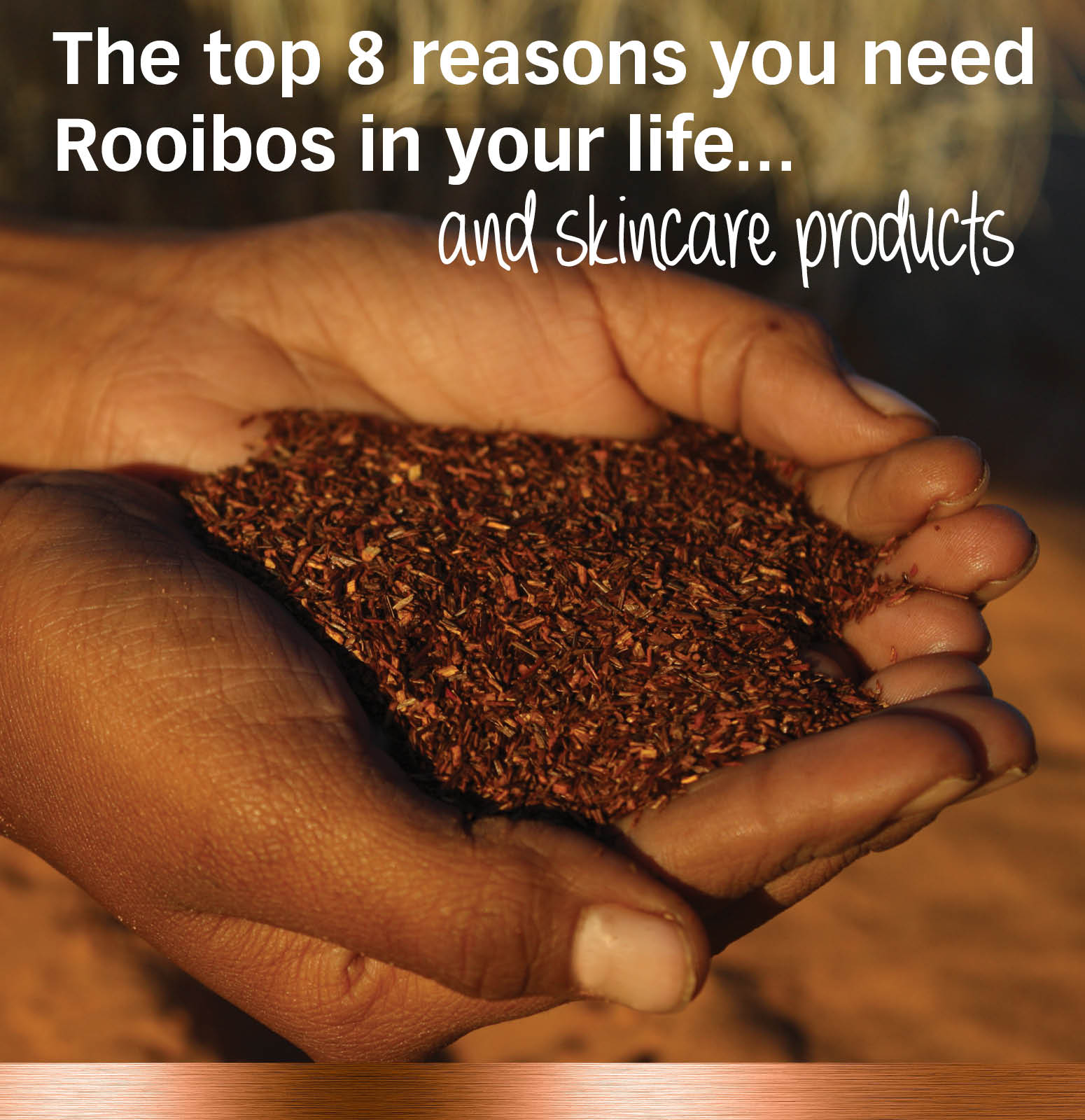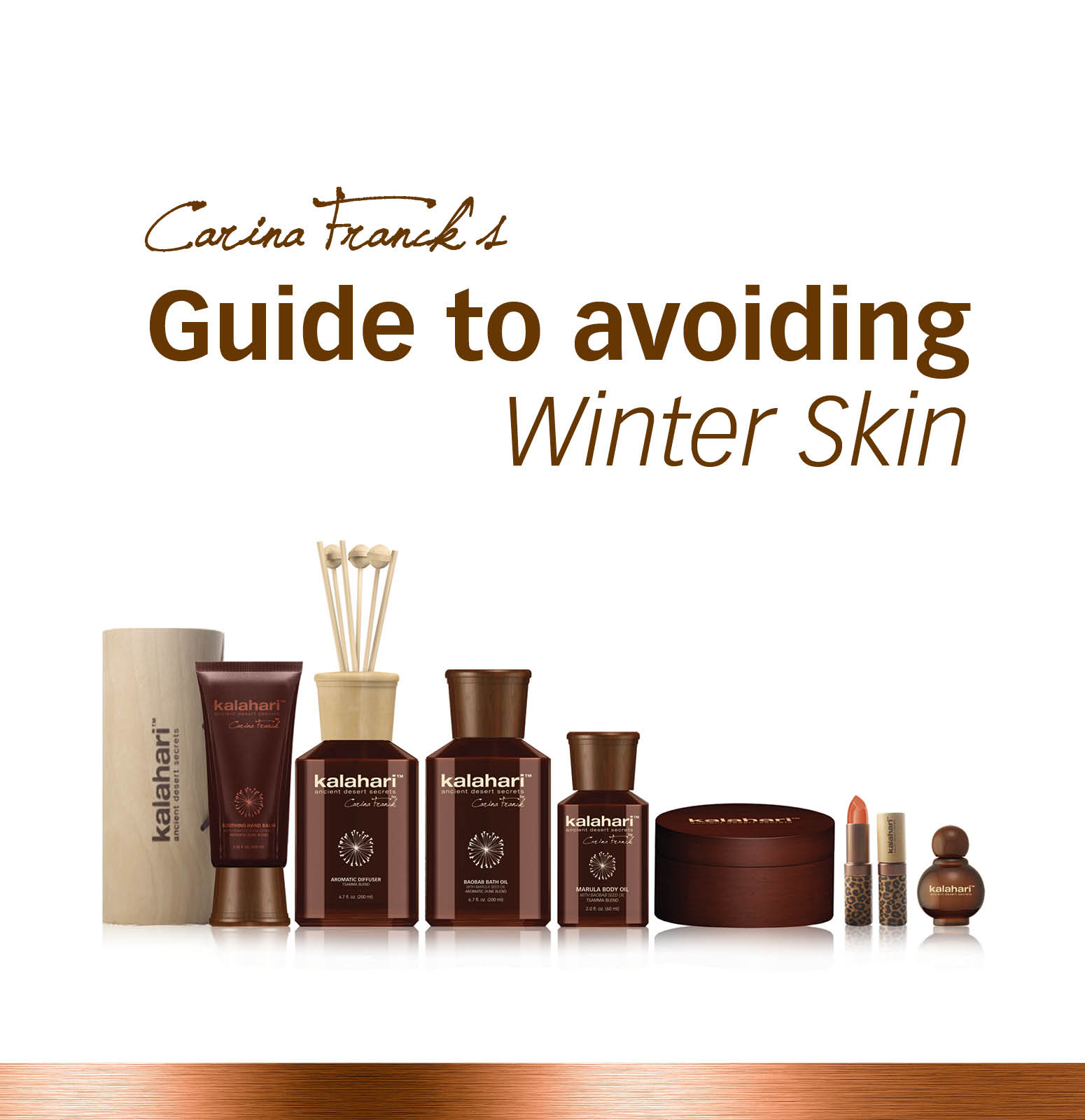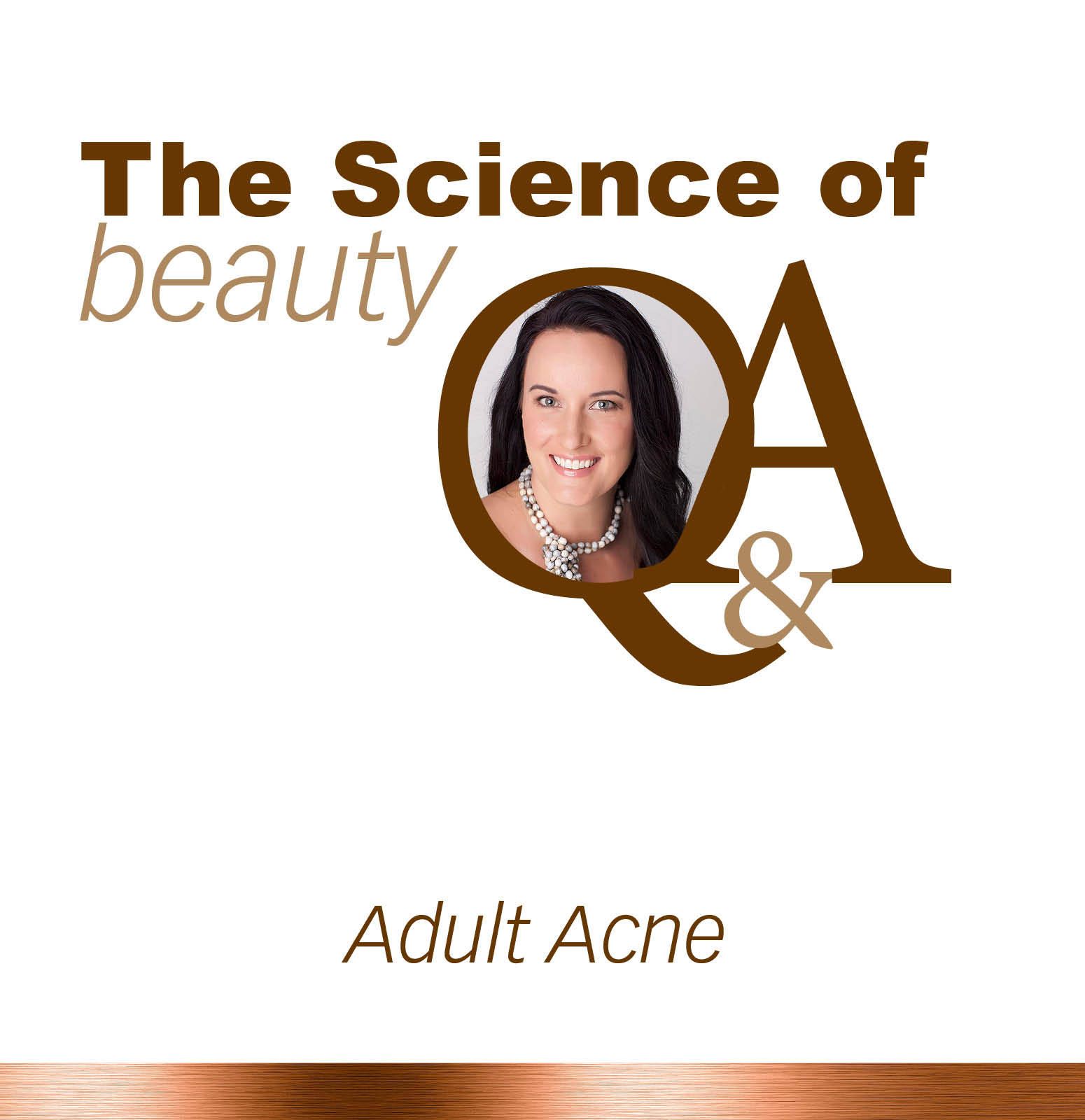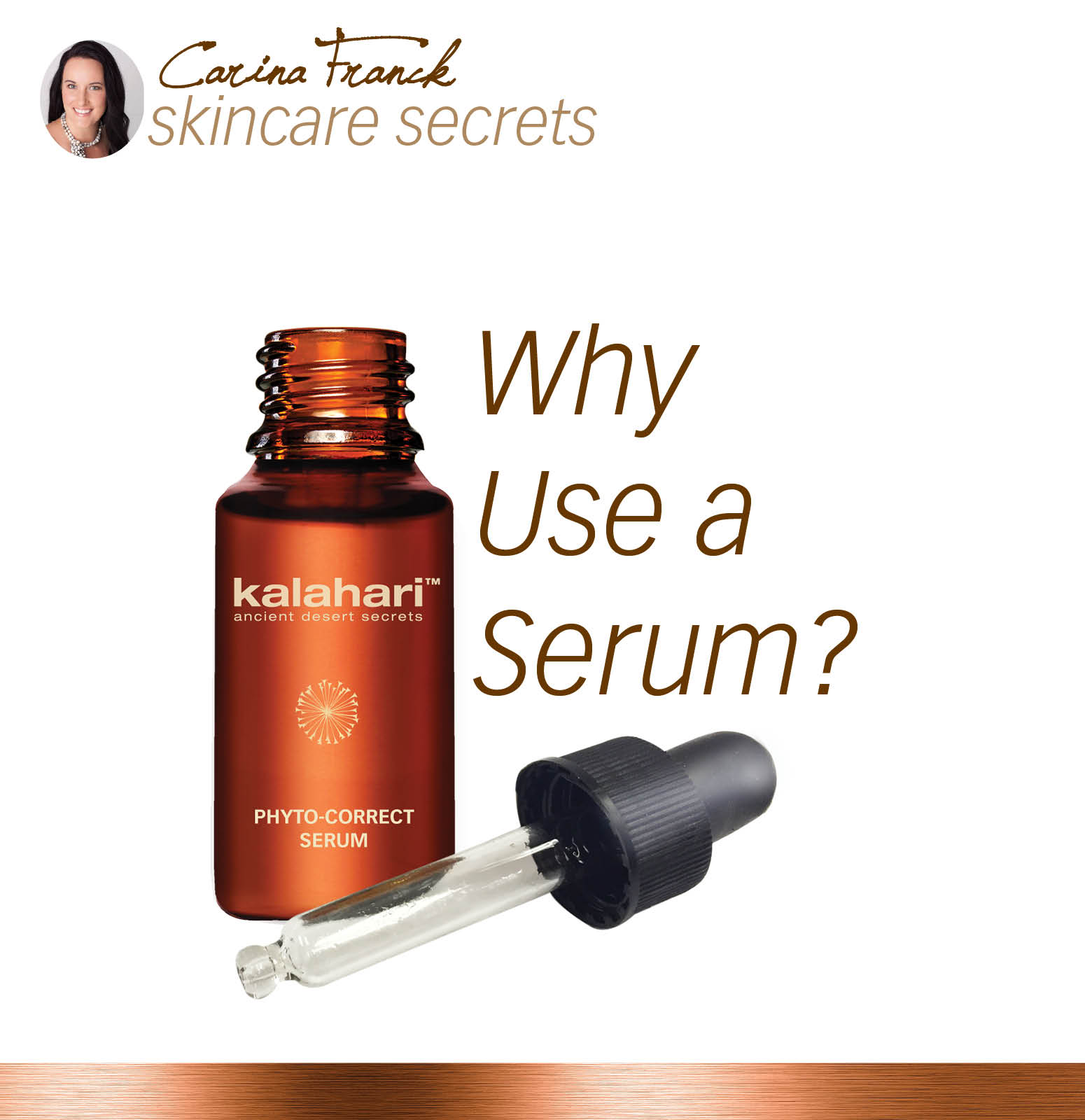SENSITIVE SKIN [Inflamed skin prone to allergy and erythema]
Sensitive/redness-prone: Sensitive skin often flushes red and burns or stings at the slightest provocation. There is usually a genetic component at play, and higher histamine levels in the body can make sensitive skin more susceptible to inflammatory conditions like psoriasis, rosacea, and eczema. Of all skin types, people with sensitive skin should consider seeing a dermatologist for guidance most. Meanwhile, self-induced “sensitized” skin caused by aggressive use of products like retinols, alpha hydroxyl acids, and peels should self-correct shortly after scaling back or eliminating problematic ingredients.
The Sensitive Skin Myth
A sensitive skin reaction can flare up at any time. Like if you recently finished a relaxing facial and soon began to feel the healthy tingling effects of the deep cleansing — or so you thought. Instead, it was a bad reaction to the products used during her treatment. Your skin completely brakes out, red, and blotchy. Sadly, skin outbreaks are not new territory for sensitive skin. She has plenty of company. “A majority of women would say they have it,” says Elizabeth Hale, MD, clinical associate professor of dermatology at NYU’s School of Medicine. But, she says, “only a small part of the population truly has sensitive skin.” So why do so many of us walk around with patchy spots and reddish skin? And what does “sensitive skin” really mean? What’s really “sensitive skin”? While there is no dermatological definition for sensitive skin, the term is used to describe the skin condition of people who easily break out in rashes and get blotchy, itchy, or stinging skin in response to products or the weather. The majority of women don’t have a serious skin problem, but rosacea, a skin disorder with facial flushing and red blotches, can make skin sensitive; so can eczema. Once you’ve seen a dermatologist and have ruled out serious problems, most skin trouble, it turns out, is of our own doing. To uncover our younger-looking selves, we use too many microdermabrasions, chemical peels, and retinoids that strip the skin of its protective barrier. Sensitive skin often has similar qualities to dry skin with the addition of areas that tend to react against both internal and external influences. Sites of reaction may be caused by allergies, pollution, chemical irritants, illness, extremes of temperature, and other unsuitable environmental conditions. The visible signs of reaction include redness, dermatitis, chafing, broken veins, capillaries and mild bruising. The care of sensitive skin is similar to that recommended for dry skin. It is advisable to arrange a medical consultation to eliminate systemic problems prior to considering any lifestyle and dietary factors that may have contributed to the skins overall condition. Sensitive skin needs to be cleansed and maintained with a hypoallergenic and unscented range of products. Most of the synthetic chemicals contained in conventional skincare treatments are unsuitable for sensitive skin. Products formulated with natural organic ingredients are safer in this respect. It is worth the effort of ordering small samples of any organic treatments that are specified for sensitive or dry skin, and to compare their effects and results over a period of time. Understandably, sensitive skin requires a high degree of protection against adverse weather conditions and ultra violet radiation. Wide brimmed hats and loose cotton shirts with long sleeves are sensible choices for summer. It is generally safer to choose clothing made from natural plant or animal fibres and to avoid synthetic garments, particularly those containing viscose polyester and rayon.

• Gentle Cleansing Milk
• Toning Lotion
• Revitalising Booster Gel OR
• Marula Face Oil Prepare your skin by cleanse and tone.
Apply your Phyto Treatment Medium to a clean dry skin.
Leave to penetrate and then apply your selected moisturiser and SPF.
ADDITIONAL PRODUCTS:
• Gentle Cleansing Milk
• Toning Lotion
• Anti-ageing Gel OR
• Instant Lifting Serum (Face and Neck)
Prepare your skin by cleanse, exfoliate and tone.
Apply your Phyto Treatment Medium to a clean dry skin. Leave to penetrate and then apply your moisturiser. Marula Face Oil can be mixed with your moisturiser for additional moisturisation.
PREPARATION & MOISTURISE
• Hydralite Moisturiser
• Phyto Barrier Protection
• SPF 40
EYE CARE:
• Nourishing Eye Balm (every morning or as need)
• Anti-Puffiness Eye Serum (every morning or as needed) PREPARATION & MOISTURISE Enzyme Face Buff (2 x times a week)
Hydralite Moisturiser
MASKS:
• Nourishing Face and Neck Mask (2 x a week)
EYE CARE:
• Nourishing Eye Balm (every evening OR)
• Anti-Puffiness Eye Serum (every evening) skincare kit inserts.











